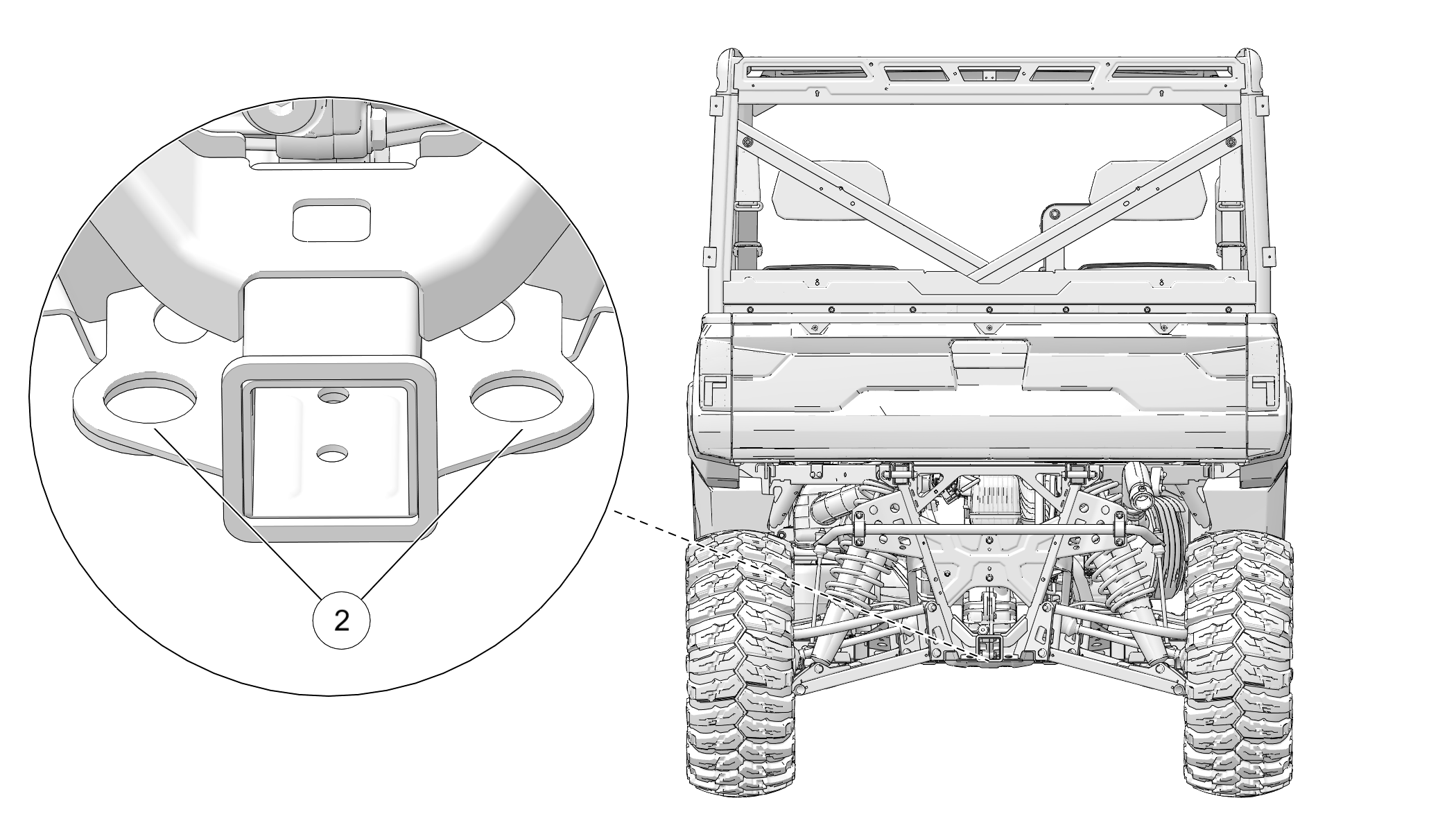
Content Source: 2020 Ranger Diesel Tractor Owner’s Manual (9930940 R02) > Maintenance Chapter
| IMPORTANT |
|
The Owner's Manual for this vehicle contains warnings, instructions and other information you must read and fully understand before safely riding or performing maintenance on this vehicle.Always follow the warnings and instructions in Owner's Manual. Click the CONTENTS link above for the Table Of Contents, or download a full PDF of the Owner Manual in the Owner Support area of Polaris.com |
| NOTICE |
| High water pressure may damage components. POLARIS recommends washing the vehicle by hand or with a garden hose, using mild soap. |
| NOTICE |
| Certain products, including insect repellents and chemicals, will damage plastic surfaces. Do not allow these types of products to contact the vehicle. |
| NOTICE |
|
Starting the engine during the storage period will disturb
the protective film created by fogging and damage could occur.
Never start the engine
during the storage period.
|
|
Engine exhaust contains poisonous carbon monoxide and
can cause loss of consciousness or death. Never run an engine in an
enclosed area.
|
|
Cargo and other loose vehicle parts may fly off while transporting this vehicle. Secure or remove all cargo, and inspect the unit for loose parts prior to transport. If transporting the vehicle in a non-enclosed trailer, then the vehicle must FACE FORWARD, or roof must be removed. Failure to comply may allow airflow, vibration, or other factors to separate the roof from the vehicle and cause an accident, resulting in serious personal injury or death. |


© Copyright Polaris Industries Inc. All rights reserved.